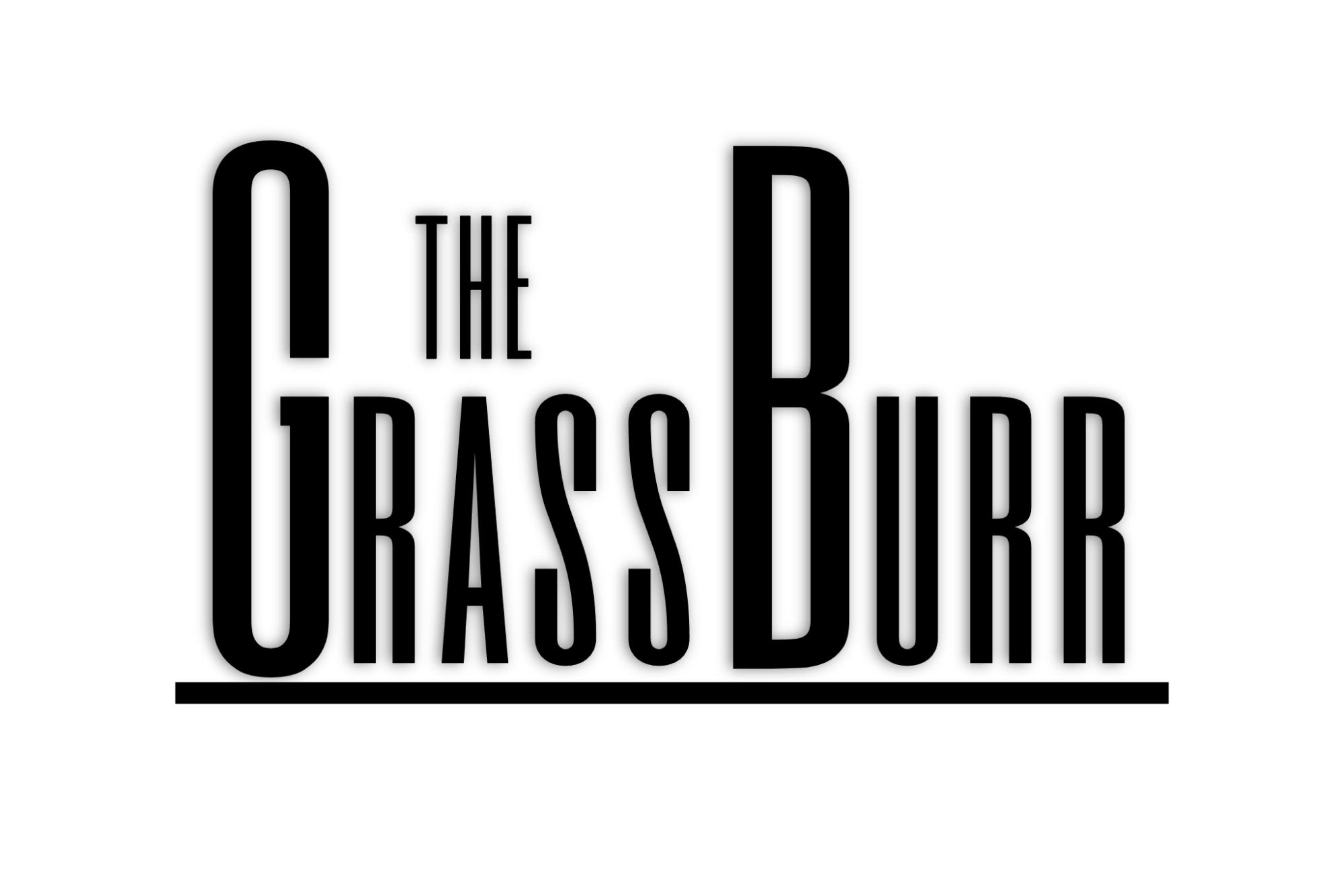Entertainment, current events, politics, communication; it is undeniable that social media plays an irreplaceable role in our everyday lives. Despite this, online activism is oftentimes cast aside as a useless alternative to in-person and physical activism. “Slacktivism” and “Clicktivism” for example, have become popular terms used to brand online activism as low-effort, low-commitment, and meaningless. However, the unexpected persistence and surge of activism amidst the pandemic has proven otherwise.
With an increased risk of contracting the virus when coming into contact with others, activism has become inaccessible and unsafe for people to physically participate in. Consequently, social media has remedied this situation by providing an alternative way for people to stand up for the things they believe while still remaining safe. Teenagers and young adults everywhere, through apps like Twitter, TikTok, and Instagram, have taken charge of this surge in online activism without even having to leave their homes. On these platforms, anyone can educate themselves, anyone can help to educate others, and anyone can spread a message effectively and rapidly. Seeing as how its primary goals are to amplify voices and encourage expression, it is no surprise that social media has become the perfect tool for activists.
Aside from spreading awareness and initiating important conversations, there are other components that make up this distinct form of activism. Some of the most common forms of online activism include creating, signing, and sharing petitions, creating websites and sharing google documents where people can find reliable information, creating Go-Fund-Me’s, sharing scripts for people to call representatives, senators, and other government officials, and creating monetized YouTube videos for people who cannot donate to contribute to causes such as the Yemen Crises and Black Lives Matter movement by watching ads.
Admittedly, performative activism, a form of activism that is associated solely with maintaining an image instead of a true desire for justice, is an inevitable consequence of social media activism. The treatment of some movements as trends is an inevitable consequence. Various fair critiques of online activism are inevitable, yet the fact remains that social media helps spark the initial conversation. Without a doubt, social media cannot be used as a replacement for physical activism, but instead it serves as the pivotal introduction to activism for many young teenagers and adults.
“Personally, I think online activism can do great things,” junior Savannah Cooley said. “It spreads knowledge about topics that need to be talked about and can also normalize subjects. There is so much that can be covered with the term activism, but I’d like to consider it anything that roots from passion and has meaning. It’s definitely influenced me a lot. I’ve learned so much through other people and it makes me want to fight for what I believe in.”
Even though online activism has proven to be helpful in many different ways, it cannot be the only way we commit ourselves to the betterment of society after this pandemic ends. We need to ensure that the activism we engage in online translates to offline actions. Simply educating ourselves and helping to educate others is a form of activism, and an important first step that nearly everyone can take towards societal change.


